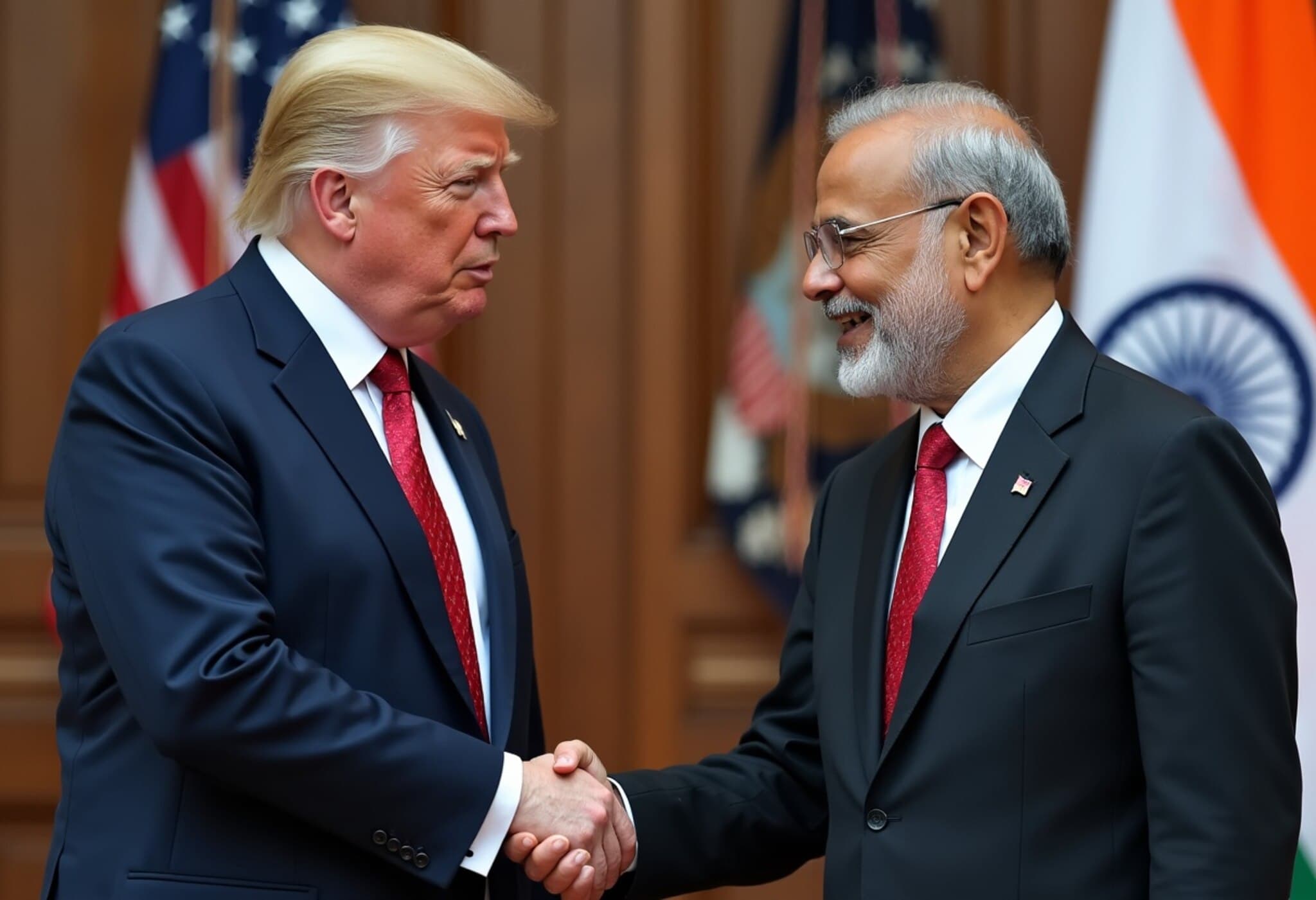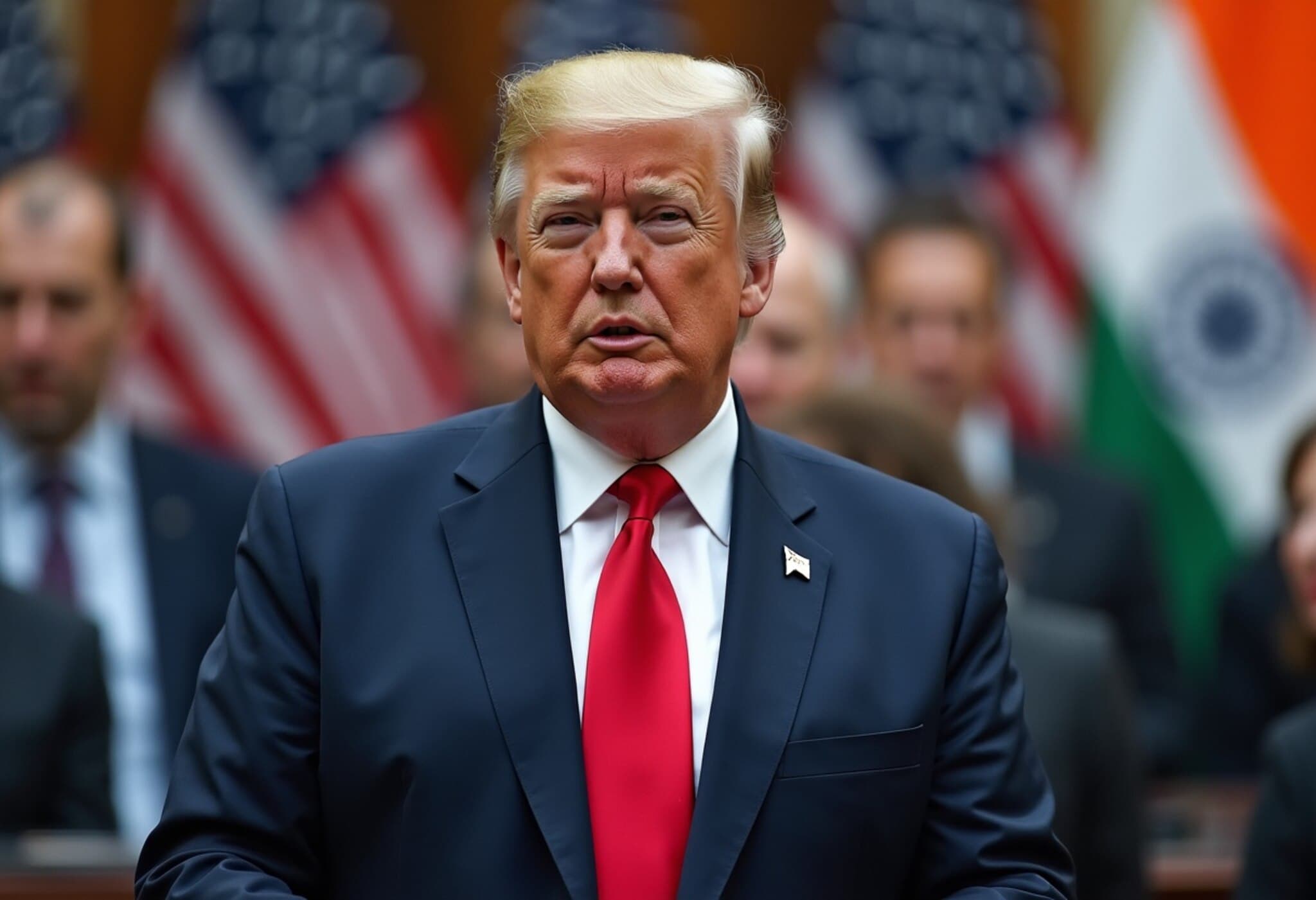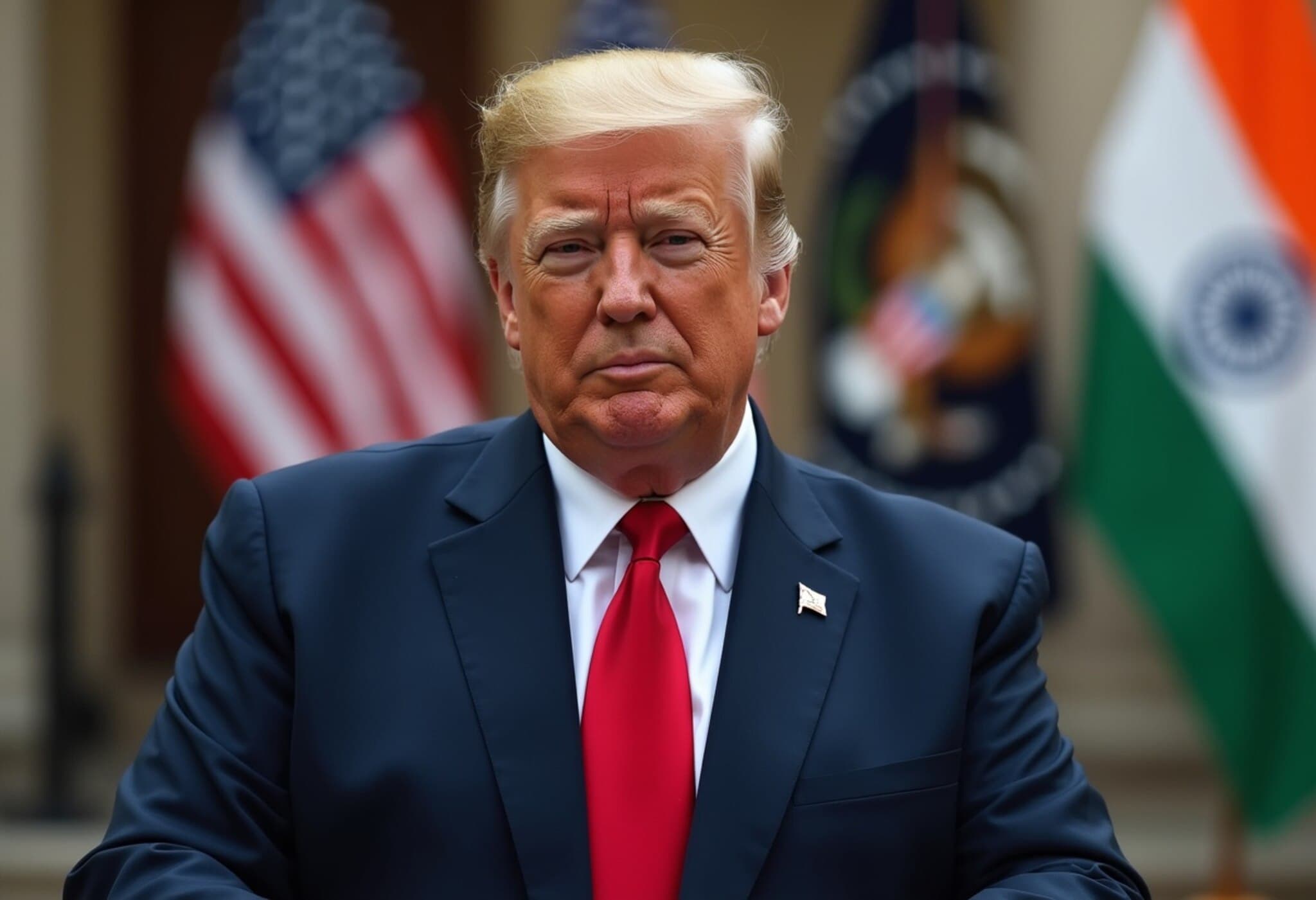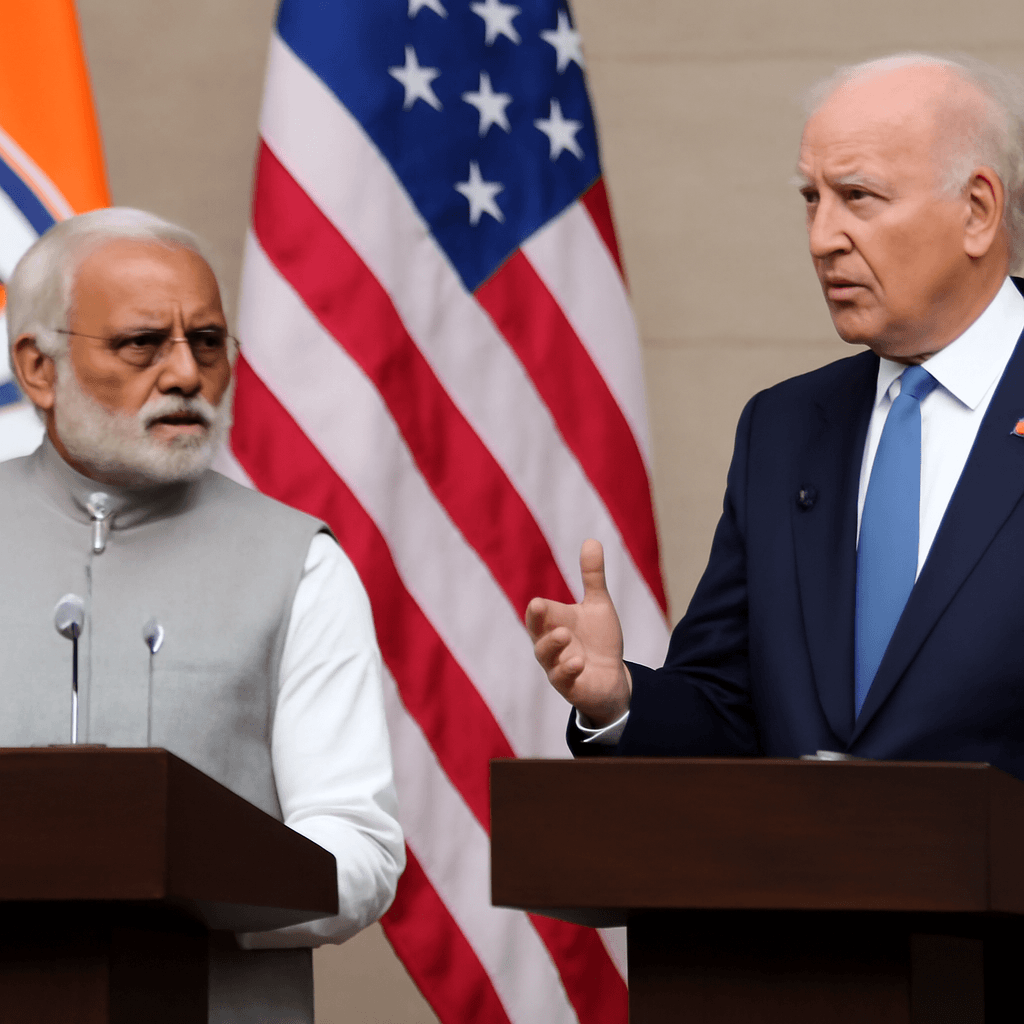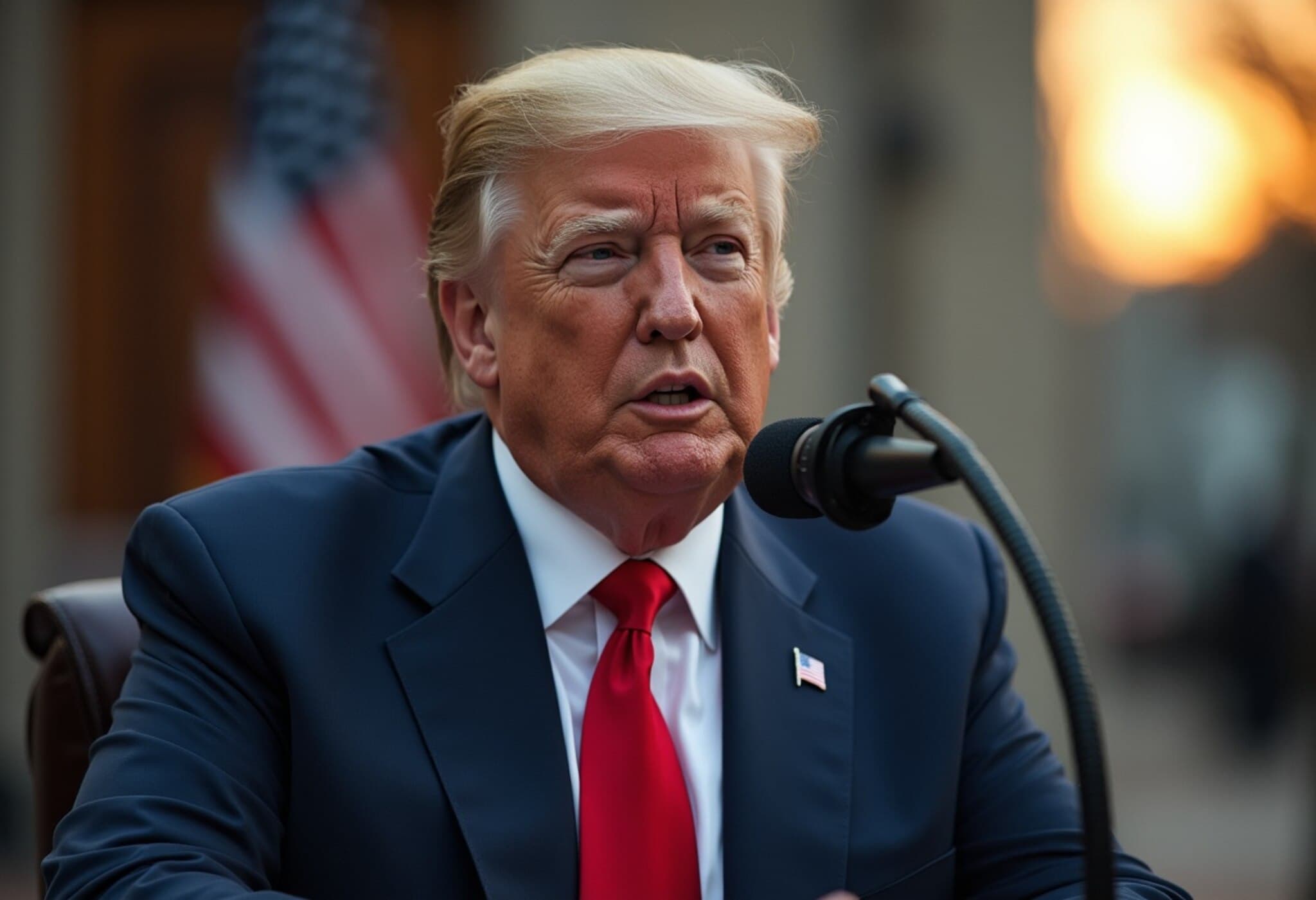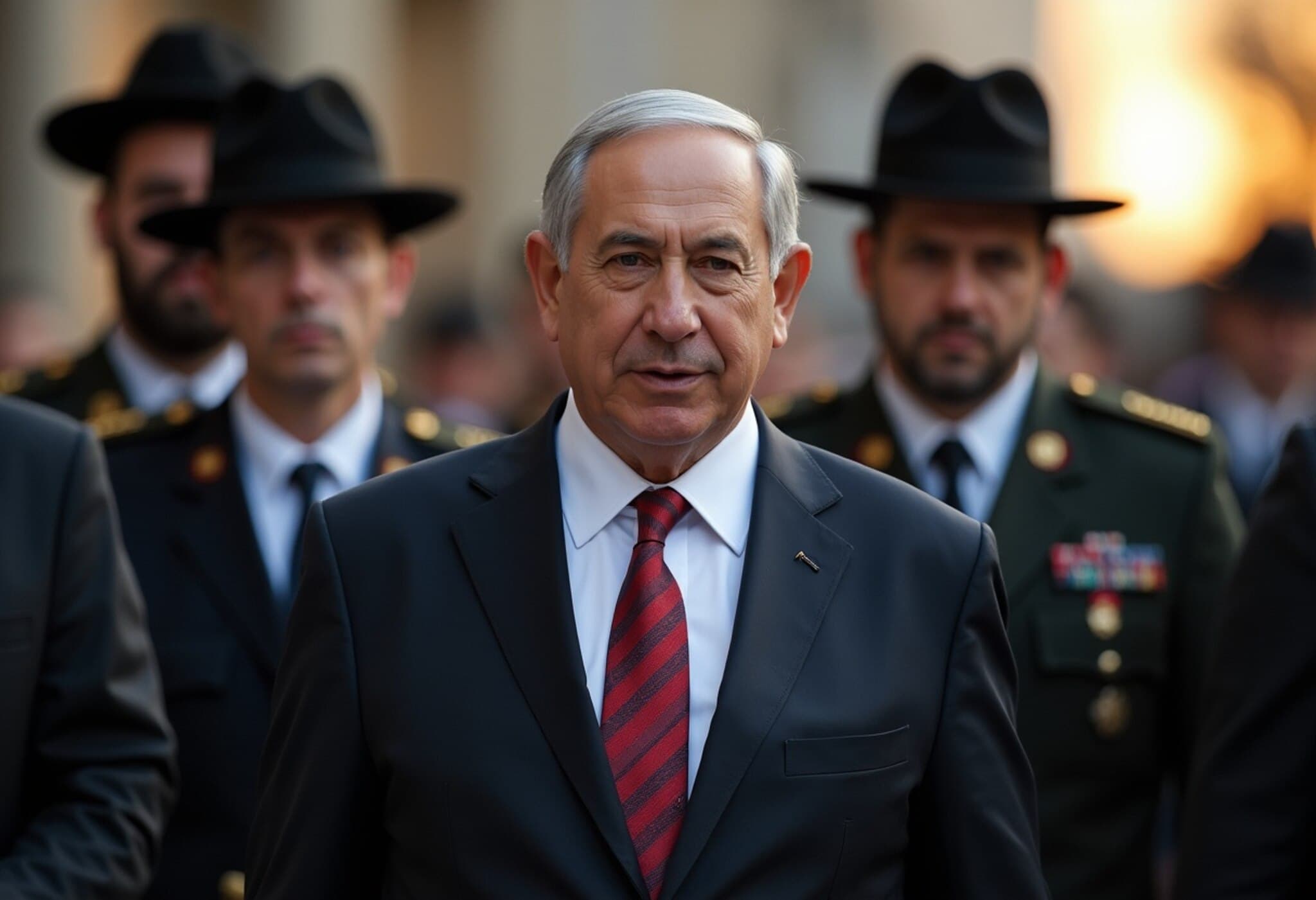US-India Trade Relations Reignite Amid Promising Negotiations
In a significant development that could reshape one of the world's most critical bilateral trade relationships, US President Donald Trump announced progress in ongoing trade discussions with India. Speaking on July 15, 2025, Trump attributed recent breakthroughs to his administration's firm tariff policies, which he claims have catalyzed greater American access to Indian markets.
Trump Credits Tariff Strategy for Opening Doors
President Trump highlighted that new trade dynamics are emerging due to the imposition of tariffs designed to press countries to ease their market restrictions. "We’re going to have access into India," Trump said, emphasizing that prior to these policies, American businesses faced significant barriers entering India.
“You have to understand, we had no access into any of these countries. Our people couldn’t go in. And now we’re getting access because of what we’re doing with the tariffs,” he remarked after announcing a separate trade agreement with Indonesia.
India’s Firm Stand on Agriculture Sparks Nuanced Talks
While the White House has yet to release detailed terms of the US-India trade negotiations, a high-level delegation from India’s Ministry of Commerce and Trade is currently in Washington. Led by chief negotiator Rajesh Agrawal, the team is holding intensive talks focused on sensitive sectors, including dairy and agriculture, where India remains protective.
India’s cautious approach underscores the complexity of balancing market liberalization with safeguarding domestic priorities. Agriculture, in particular, represents both an economic lifeline for millions and a politically sensitive issue that could complicate the path to any formal agreement.
The Strategic Significance of ‘Reciprocal Tariffs’ and Letters
Unlike several other major US trade partners such as the European Union, South Korea, Japan, Canada, and Mexico—who have received formal notification letters threatening tariffs ranging from 25% to 35% effective August 1—India has notably not been handed such a letter. Experts suggest this absence signals a unique diplomatic dynamic.
Some US-India relations analysts argue that withholding the letter may be a strategic move, allowing more room for flexible negotiation while maintaining pressure. This has generated cautious optimism among stakeholders who see potential for a mutually beneficial deal without escalating trade tensions further.
Broader Implications for US-Asia Trade Policy
The renewed US-India trade dialogue is part of a wider effort by the Trump administration to recalibrate America’s commercial ties across Asia, asserting stronger reciprocity and fairer market conditions.
Beyond India, the Trump administration recently sealed a deal with Indonesia, granting full market access, particularly in key sectors such as copper. This momentum reflects a strategic pivot in US trade policy emphasizing bilateral agreements and tariff leverage.
Expert Insights and Questions Moving Forward
- Trade experts note: The complexity of India’s domestic market protections may require innovative compromises beyond traditional tariff negotiations.
- Policy analysts highlight: How US-India cooperation on agriculture could influence broader geopolitical partnerships in the Indo-Pacific region.
- Stakeholders ask: Will Trump's promise of access translate into tangible benefits for American exporters or face hurdles from India’s regulatory frameworks?
- Economists observe: The role of trade talks in stabilizing global supply chains and influencing investor confidence amidst rising protectionism.
Looking Ahead
As negotiations continue, the world watches closely, aware that a successful US-India trade agreement could set a precedent for future US engagements in Asia. However, the delicate balance between economic interests and political realities remains a pivotal challenge for both nations.
Editor’s Note
While President Trump’s enthusiasm for the trade talks offers encouraging signals of progress, the devil lies in the details—particularly regarding India’s sensitive sectors and tariff reciprocity. Observers should carefully track how the negotiations address agricultural protections and regulatory hurdles. This evolving story is emblematic of the broader challenges facing global trade today: fostering openness while respecting national priorities.

